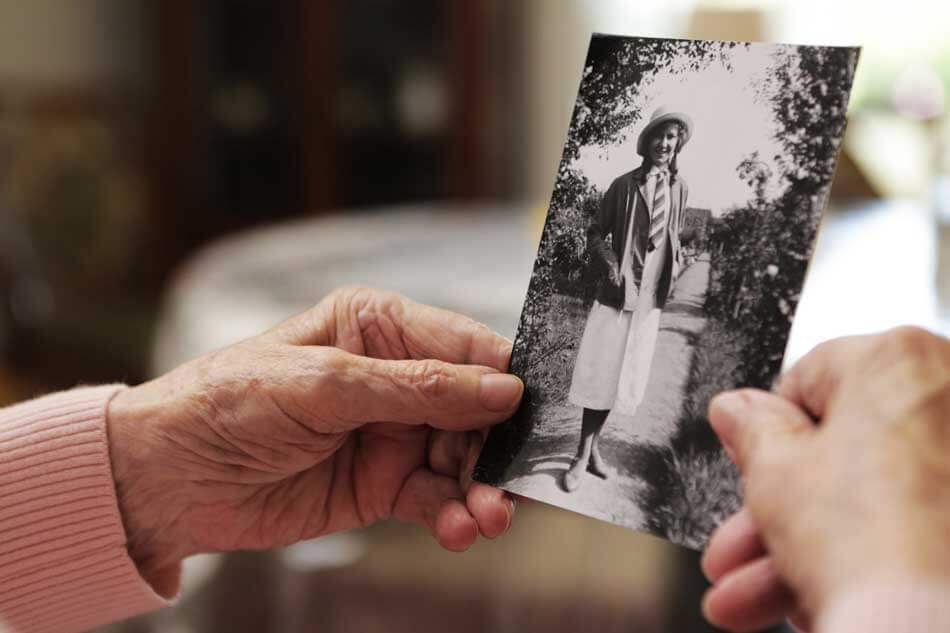How to preserve your old photographs

Every home has one: that box or ancient suitcase, stuffed full of yellowing, chipped and splintered photographs. Some of them are torn or cracked. Some bear shreds of long-ago adhesives. It's fair to say that most of them are not in great condition, but the subject matter is as compelling today as the moment, years gone by, that the shutter clicked. The stoic expressions of our ancestors may not give much away, but we love to study their faces for resemblances and clues to character. The history, emotional significance and nostalgia-fix of poring over old photographs cannot be under-estimated.
How do we best look after these treasured mementos?
Photos are delicate, and will have been subjected to wear and tear, light, cold and heat, damp, mildew, sticky fingerprints and bugs. Jumbled together in that box, the dyes and acids used in their development and presentation have probably interacted and caused fading. Paper clips, rubber bands and even the stamps from envelopes can stain, rust and mark them. Pictures peeled from an album are likely to be bent and broken.
How to store old photographs
To give them the treatment they deserve, and to prevent any further deterioration, the first step is to invest in some acid-free storage boxes. If you intend to look at them more often, buy albums with archival sleeves, and get a pair of cotton gloves to wear when handling them.
Where to store old photographs
The ideal environment for photographs is a dark place at a temperature of around 20ºC, with no more than 40% humidity. This rules out garages and lofts. You might want to think about fire-proof and flood-proof storage if some of the photos are really valuable.
Things to remember
Before packing away, take a soft pencil and write on the backs any names, places or dates that you can remember. It may seem superfluous now, but your grandchildren will be grateful one day when they come across the archives, and wonder who is who.
If there is a particular original that you would like to see framed, either purchase a frame with special conservation glass, or make a copy of it instead. Light can damage old photographs. Likewise, don't choose a wooden backing, as they may contain chemicals which will leak into the print.
Nowadays, it is easy and convenient to make digital scans and backup copies on to a USB drive. Put these back-up copies, along with any negatives or slides, in a safe place.
Expert advice can be sought for extremely damaged photographs which will need repair to conserve them. Daguerreotypes, early tintypes and ambrotypes, among the earliest forms of photography, were very fragile and stored in cases behind glass. If you have these and the glass is dirty or cracked, it would be best to consult an expert. They are so delicate that one slip can ruin them, and also spoil their market value.
Acid-free storage, away from light, damp and dust, is the optimal way to keep old photographs. Preserve yours today and create a treasure trove for future generations.
